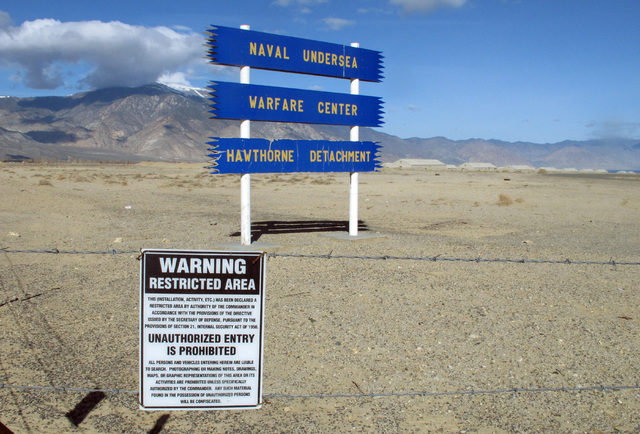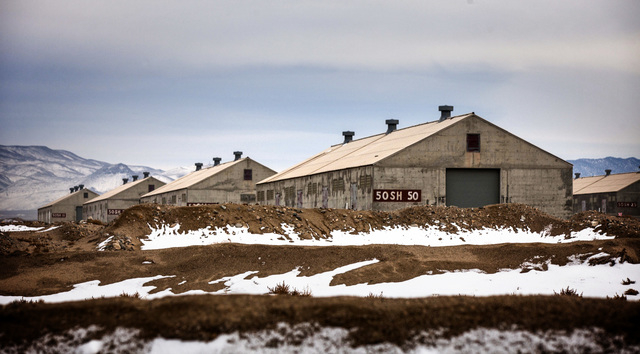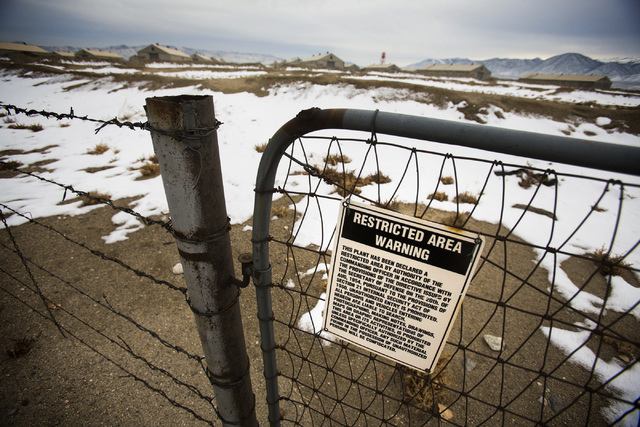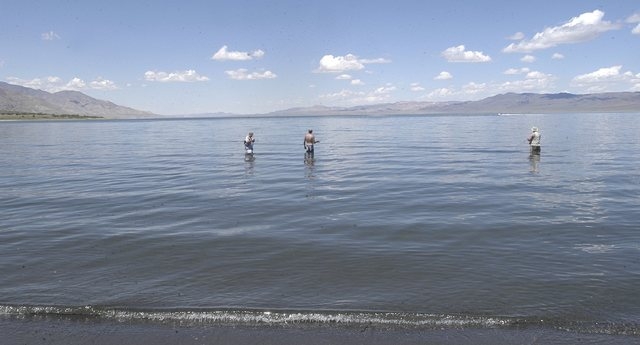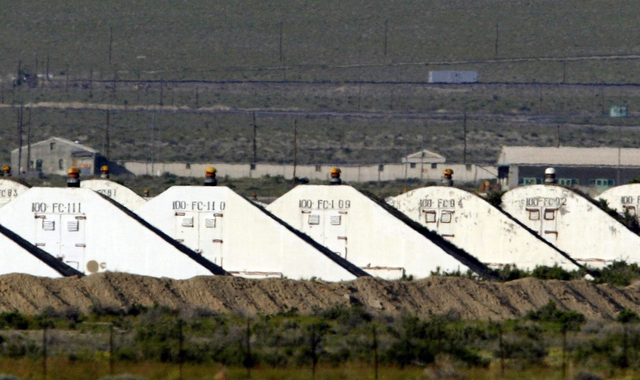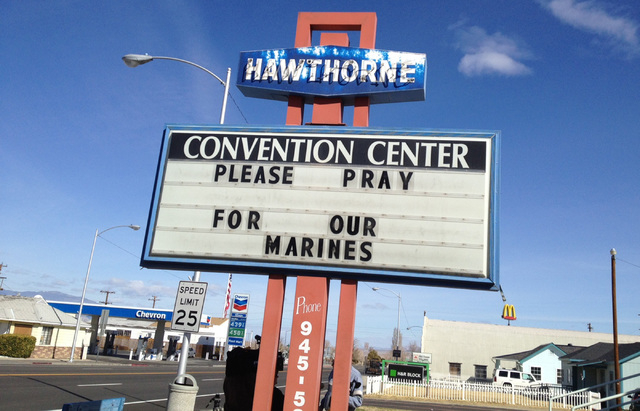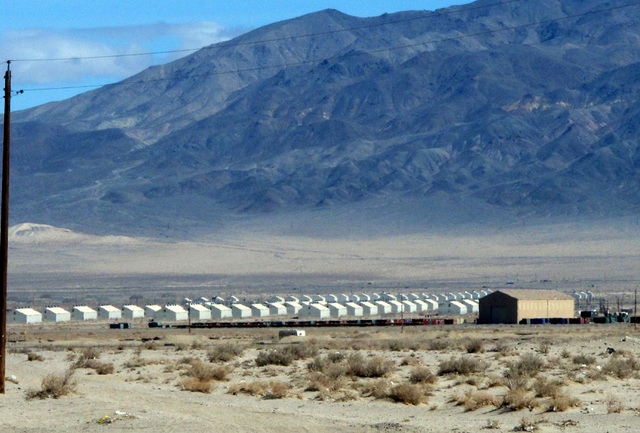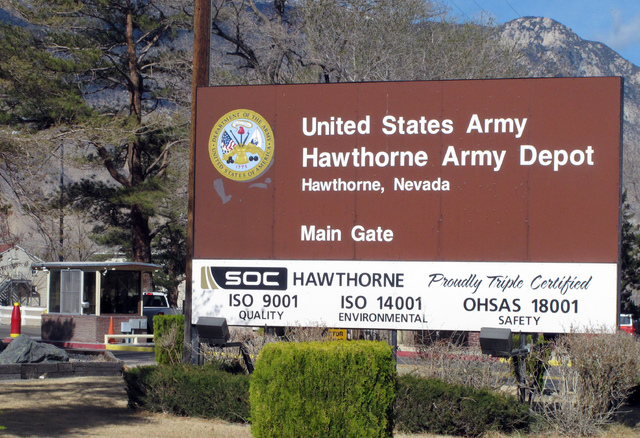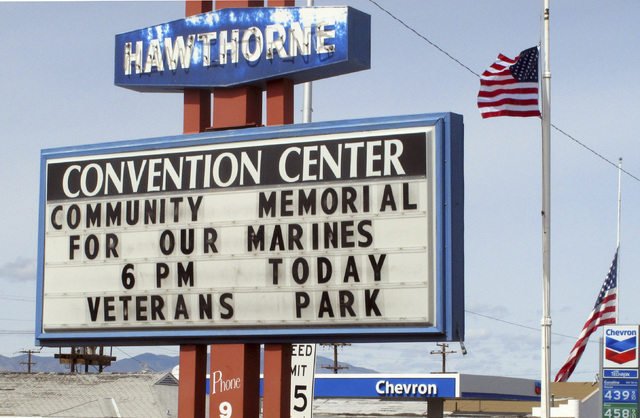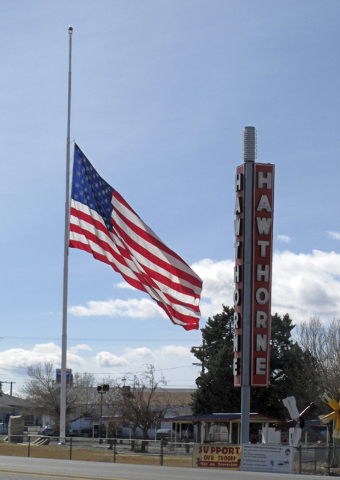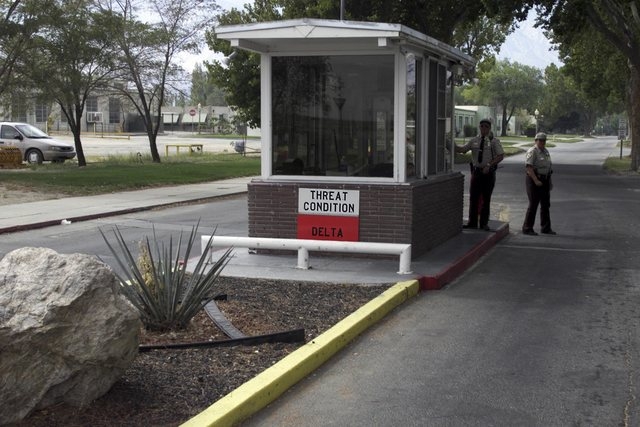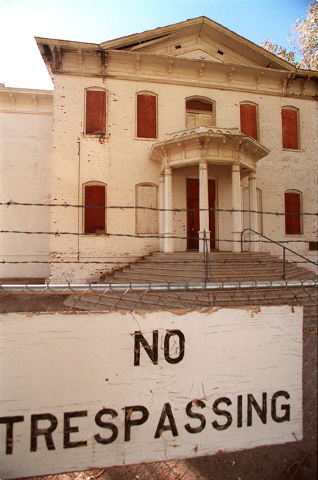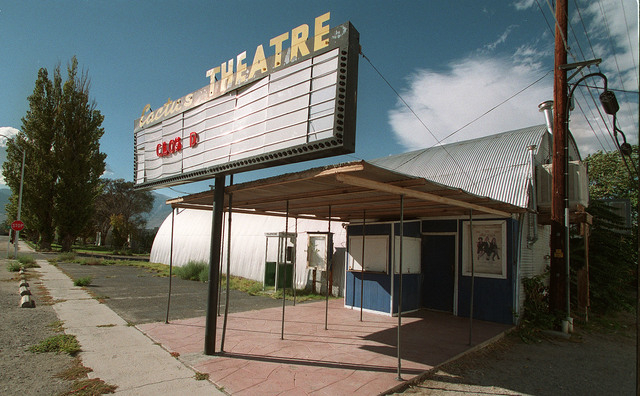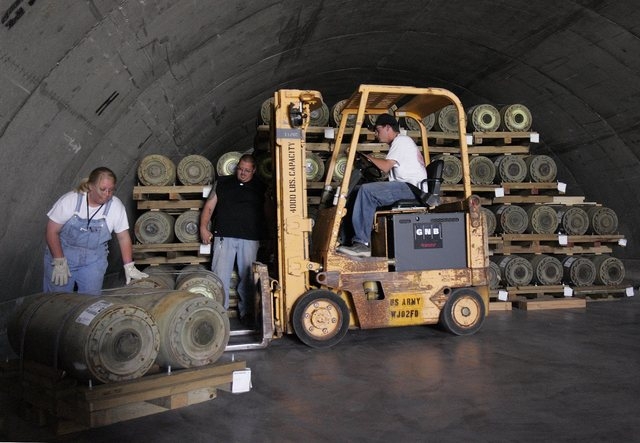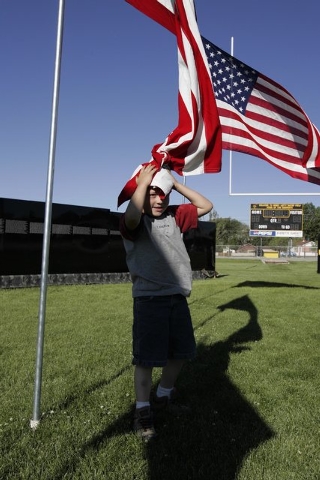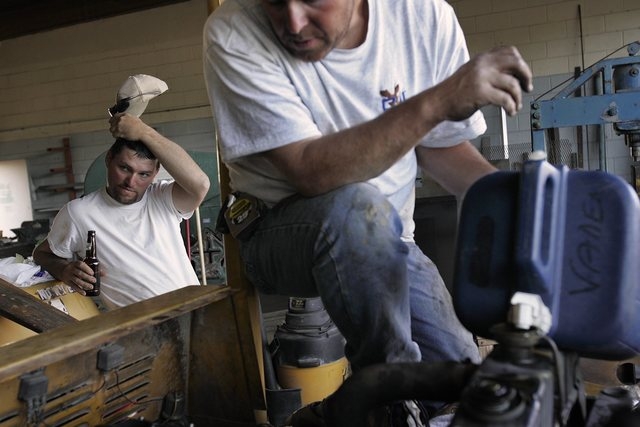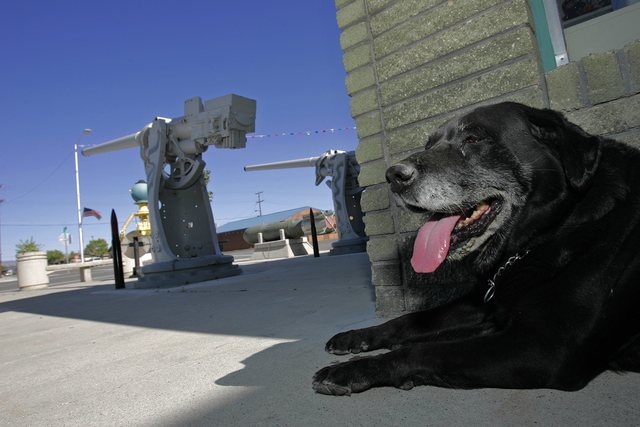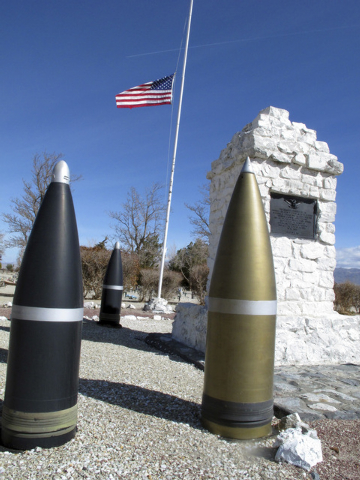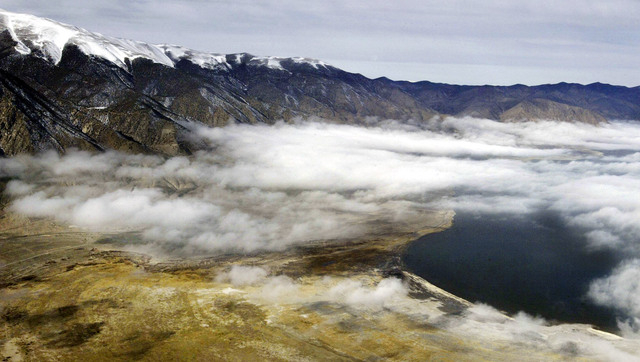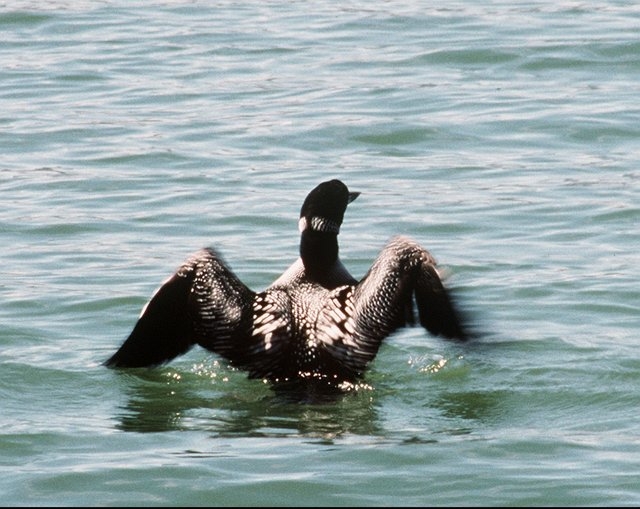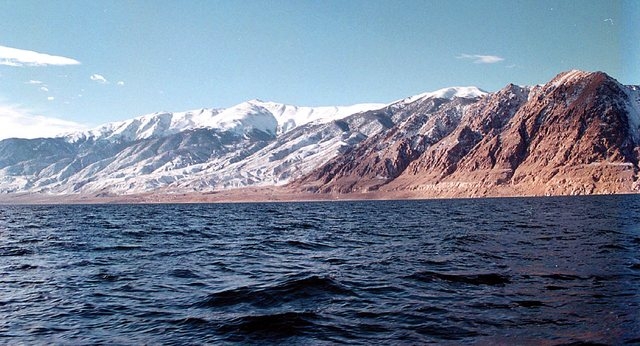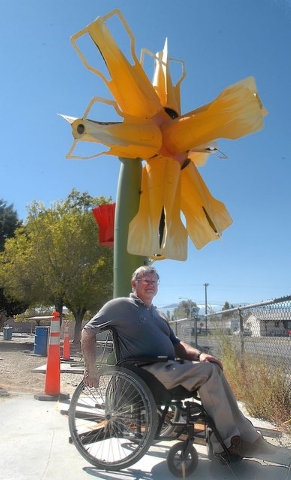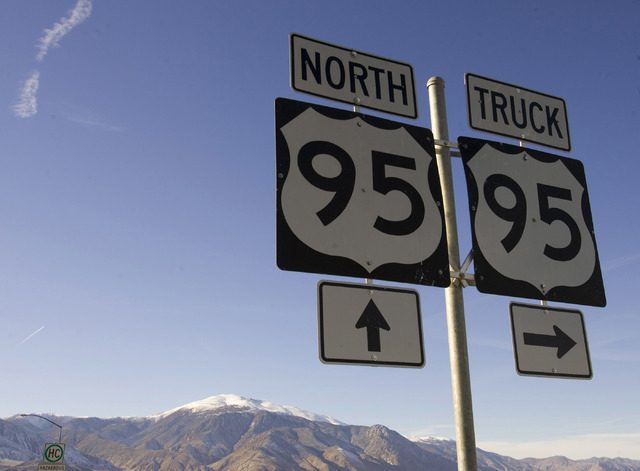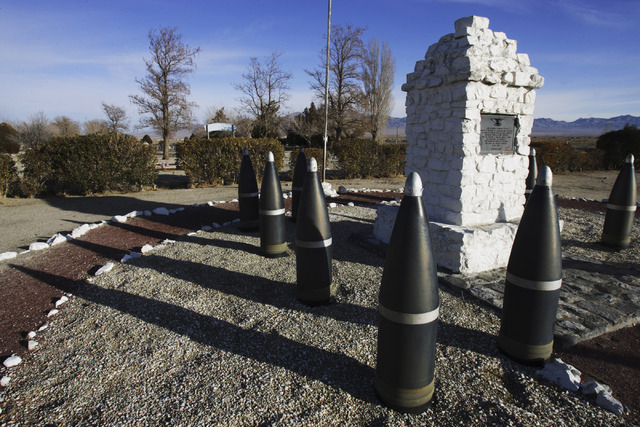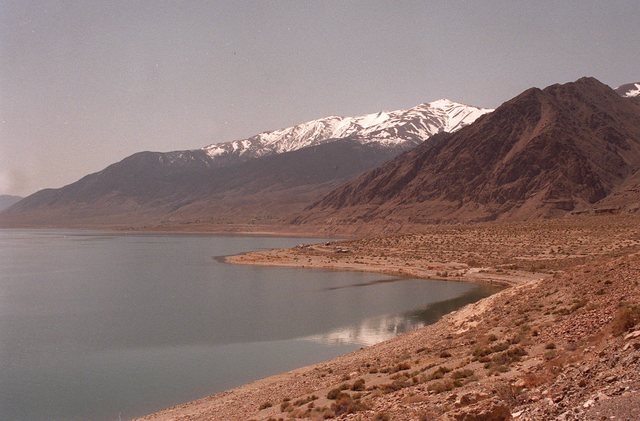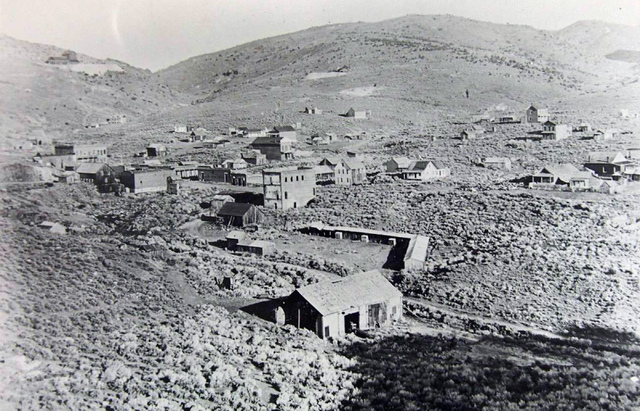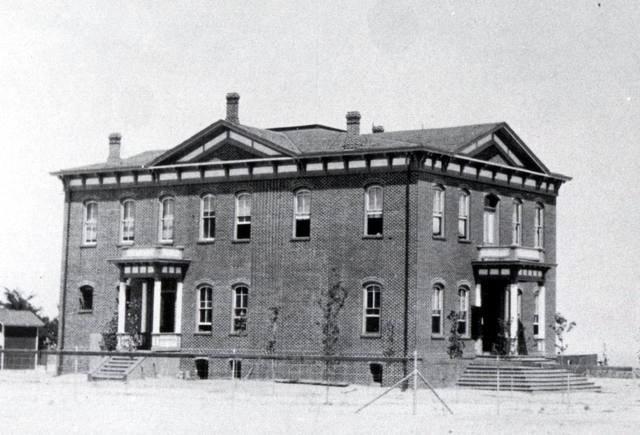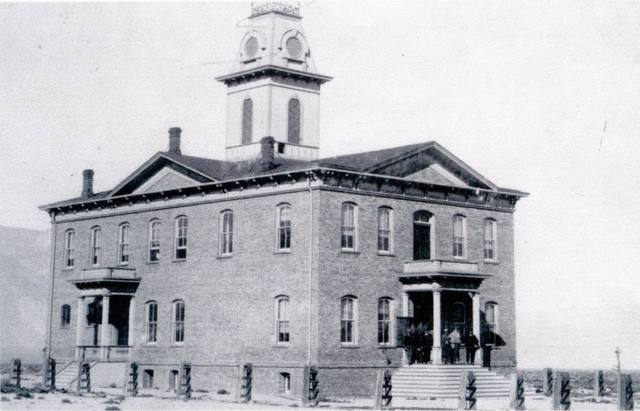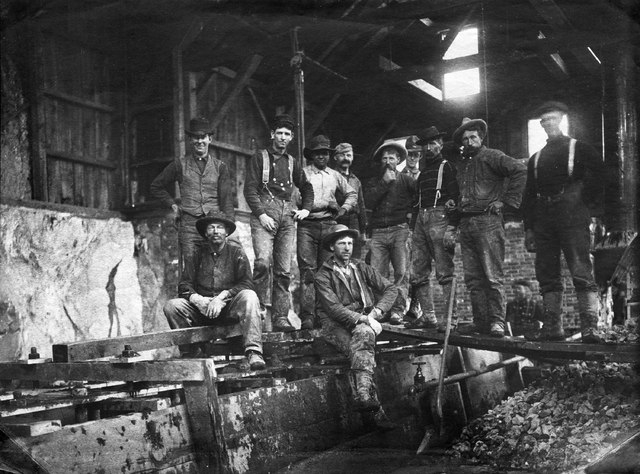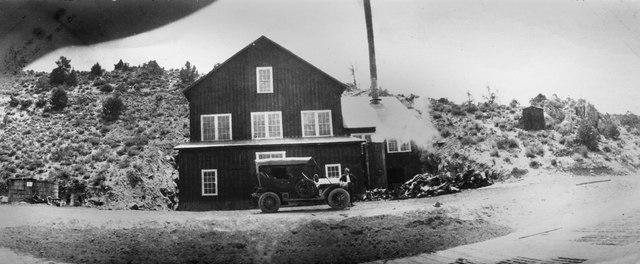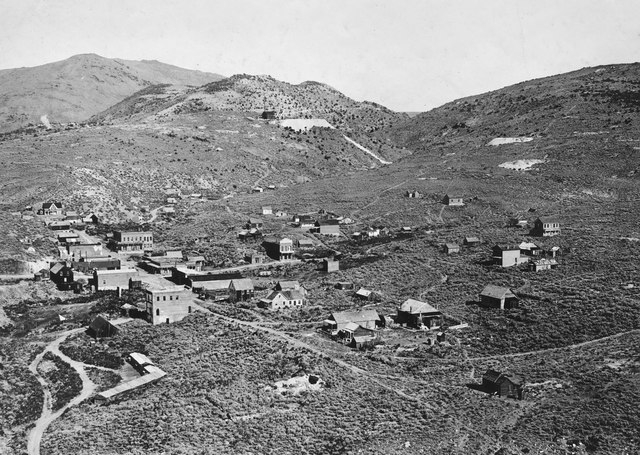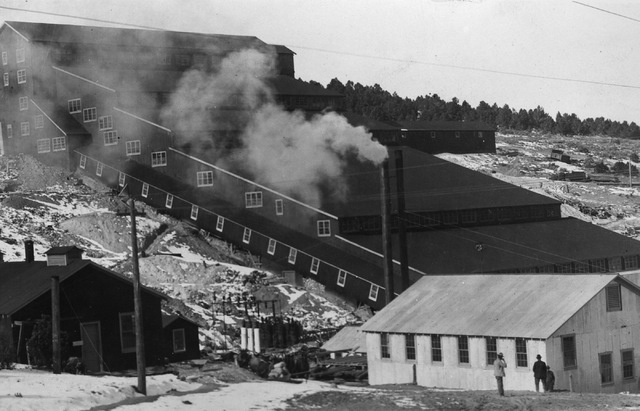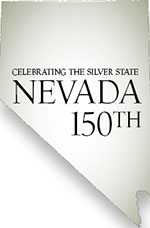Mineral County’s story is etched in stone
Editor’s Note: Nevada 150 is a yearlong series highlighting the people, places and things that make up the history of the state.
It’s no insult to say Mineral County got off to a rocky start.
Long before the county even existed, its wealth of minerals had already put it on the map — though that map was not always terribly accurate.
The discovery of gold in 1860 sparked a tug-of-war between California and what was then Utah Territory, both of which claimed the mining district that sprung up around the boom town of Aurora.
The boundary dispute continued the following year when the Nevada Territory was formed, and for a brief time Aurora served as the seat of government for both Esmeralda County, Nev., and for Mono County, Calif. Residents participated in both jurisdictions, picking a full slate of Nevada officials and a full slate of California officials in an election that featured separate polling places but the same voters.
One of the hopeful prospectors drawn to the area in 1862 was a 25-year-old named Samuel Clemens, but mining life did not agree with him. After a few months in what he would describe in a letter to his brother as “the d—dest country for disappointments the world ever saw,” Clemens moved north to Virginia City, where he wrote newspaper articles under the name “Mark Twain.”
A few years later, around the time of statehood in 1864, a boundary survey finally and officially placed Aurora squarely in Nevada, though it and all of what is now Mineral County would remain part of Esmeralda County for another 47 years.
Once again, minerals played a role in the change. When a major mining boom briefly turned Goldfield into the Nevada’s largest city, the county seat was moved there from Hawthorne in 1907.
Four years later, resentful Hawthorne residents persuaded state lawmakers to carve a new county out of the northern half of Esmeralda.
At a spry 103 years old, Mineral now ranks as Nevada’s third-youngest county and, with about 4,600 residents, its fourth-smallest by population.
Where it once drew prospectors, the county now attracts visitors with a mix of history and recreation. But the budget is tight these days, and the county’s signature attraction, Walker Lake, keeps getting smaller and brinier as more of the Walker River is tapped upstream, squeezing out the once-healthy crop of fish and migratory birds.
“Let me put it this way: We’re holding our own,” said Paul MacBeth, a county commissioner and former president of the Mineral County Chamber of Commerce. “We’re getting by.”
MacBeth lived in San Francisco and New York before he retired to Hawthorne in 2008 in search of something quieter. What he found is the sort of place where you can still leave your doors unlocked, he said.
As for the county at large, MacBeth said it offers a host of outdoor activities, including boating, fishing, hunting, off-roading, ghost town prospecting and even mountain climbing. And if that’s not enough, Yosemite National Park in California is about a 90-minute drive away, he said.
“There’s a lot of history and lots and lots of things to do,” MacBeth said. “Or you can always sit back and watch the grass grow.”
For anyone looking to stay a while, the county’s largest employer these days is munitions, not minerals.
In 1928, the U.S. Navy selected the area south of Walker Lake for its West Coast ammunition depot. The facility ballooned during World War II, prompting the county’s population to more than double to 5,560 by 1950 and peak at more than 7,000 by the 1970s.
The depot was transferred to U.S. Army control in 1977.
Today the Hawthorne Army Depot claims to be the largest munitions stockpile in the world with more than 400 buildings and 2,000 bunkers scattered across 147,000 acres.
And what of Aurora, the town that gave Mineral County its start? It has long since gone the way of Candelaria, Rawhide, Dutch Creek and Lucky Boy — other mining camps that promised riches but delivered mostly disappointment.
All that’s left are a few wrecked buildings, some old graves and an entry, 40 years old this year, on the National Register of Historic Places.
Contact Henry Brean at hbrean@reviewjournal.com or 702-383-0350. Find him on Twitter: @RefriedBrean.



